Dōngxìng Theater (東興大戲院) is located in a small village in the outskirts of Taitung City, Taitung, at the southernmost extent of the Huadong Valley (花東縱谷). Not much is known about its history beyond whatever can be deduced by visiting the site, but it was almost certainly built in the late 1960s, around the same time as Jinxing Theater, located just down the street, and Zhonghua Theater in Guanshan, which has almost the same design. At some point it went out of business, probably in the 1980s, and was converted into a small rural hospital, a repurposing I’ve seen nowhere else in Taiwan.
The ghostly outline of the characters forming the name of this remote theater are faintly visible on the facade—but another set of around a dozen smaller characters on the left are missing and cannot be decoded. Zhonghua Theater also featured a small set of characters to the left of the name—and these allowed me to trace authorship of the calligraphy to an interesting historical figure, a famous KMT assassin who later became a chief of police and politician in Taiwan. Perhaps that same person was also responsible for the brushstrokes on the exterior of this theater, but without access to archival footage we may never know.
Old standalone movie theaters often struggle to find buyers after shutting down. Those that are repurposed are typically transformed into commercial spaces: grocery stores, clothing and electronics shops, pharmacies, and so on. Occasionally I encounter theaters that have undergone novel and surprising conversions—into a recreational shrimp fishing parlour, for example—but never before have I seen one turned into a medical clinic!
Initially I was reluctant to share information about this theater as it seemed quite obscure and almost untouched—but abandoned hospitals are catnip for YouTubers, and I soon learned this ruin is far from unknown. The clinic was the subject of a popular YouTube video by Xiǎo Yù (小玉), amassing more than a million views in the three years since it was published. Since that video went viral several more YouTubers visited the site to produce their own content (including a two-part video shot at night, found here and here), all of which are readily found if you know what terms to search for in Chinese1. Somewhat surprisingly, the videos I perused focused exclusively on the bland ruins of the hospital on the ground floor, completely ignoring the secrets of the second level.
A more thorough inspection of the lobby of the clinic will reveal a narrow stairway leading up to the original projection room, which lay almost untouched since the closure of the theater. If this theater suffered a similar fate to that of its peers in Taitung it probably went out of business in the early 1980s, around when the local economic boom began to dissipate. A calendar on the ground floor provides a likely date of abandonment for the hospital: April 1997. From this we can estimate the clinic was in operation for ten to fifteen years. I wonder how many doctors, nurses, and patients knew of the twin projectors staring into the darkness above the false ceiling of the clinic all that time?
The carbon arc lamp projectors are standard issue for a Taiwanese theater of this vintage. Both projectors are ventilated to the rooftop, a necessary precaution as these machines generate a lot of heat while they are operating2. I could not find any record of the TOA Electric Company manufacturing movie projectors—their corporate history seems more focused on loudspeakers and audio recording equipment3. Perhaps they were a distributor for another company?
This was the 17th and final theater I visited while riding down the Huadong Valley in early 2018. If you’re curious to see some of the others, read my full reports about Jinxing Theater (also located in Zhiben), Zhonghua Theater in Guanshan, and Wuzhou Theater in Chishang.
- Searching for some combination of Qízǐtóu 崎仔頭, a traditional name for the surrounding village), fèiqì 廢棄 (abandoned), fèixū 廢墟 (ruins), and yīyuàn 醫院 (hospital) will reveal many videos and news articles about this place. ↩
- Only recently did I learn that early movie projectors were a major fire hazard—and projection booths were designed to be sealed from the outside, presumably with the projectionists still inside. Read more about the shockingly dangerous early history of film in this article from Atlas Obscura. ↩
- TOA Electric Co., Ltd., was formed in 1949. I’ve seen nothing that would suggest they were in the movie projector business, but it may have been another department, now long-gone, with no corporate history listed online. For the record, the nameplate reads Super Crown High Intensity Carbon Arc Lamp. Incidentally, these projectors seem quite similar to the ones at Chénggōng Theater (成功戲院) in Xinying, but those are named Super Cow. This feels like one of those minor mysteries I’ll get to the bottom of sooner or later… ↩
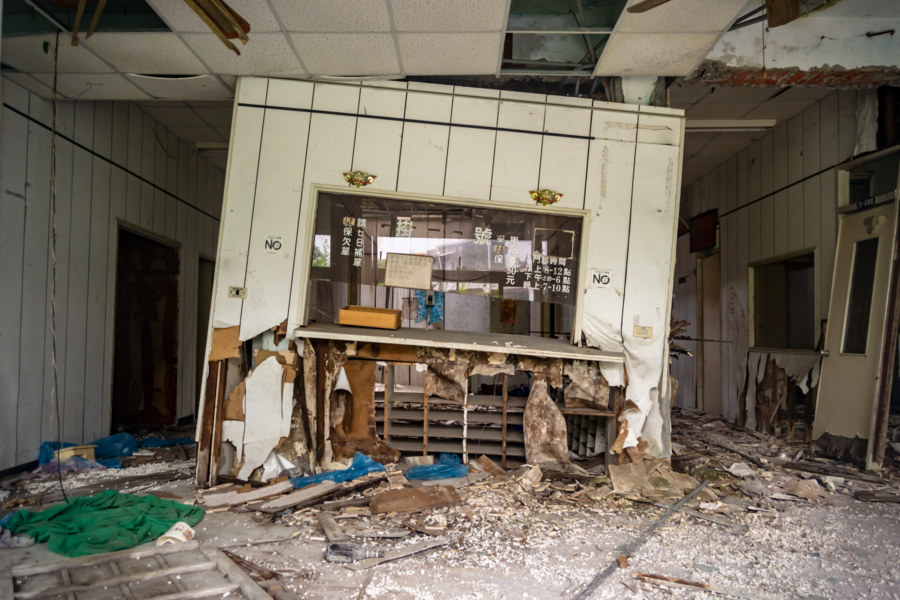
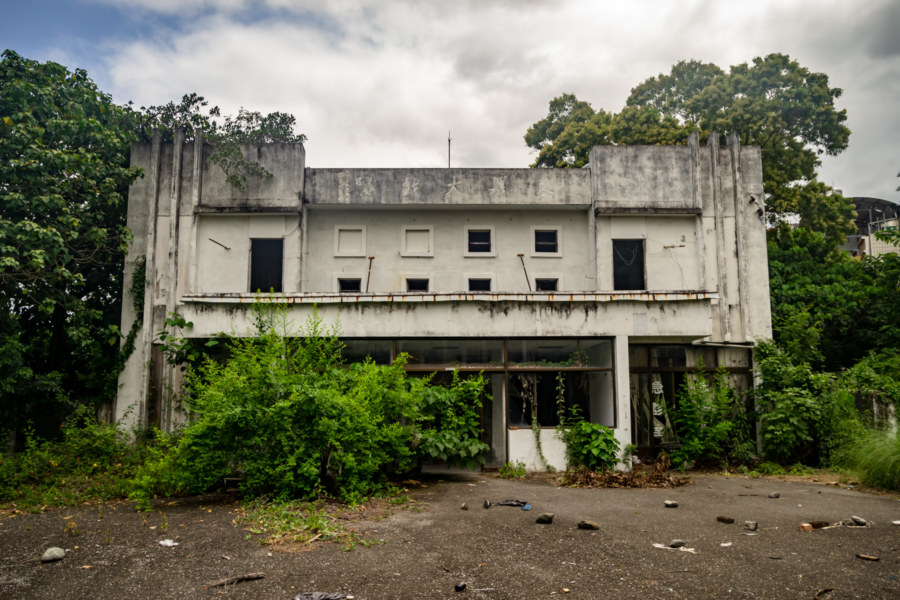
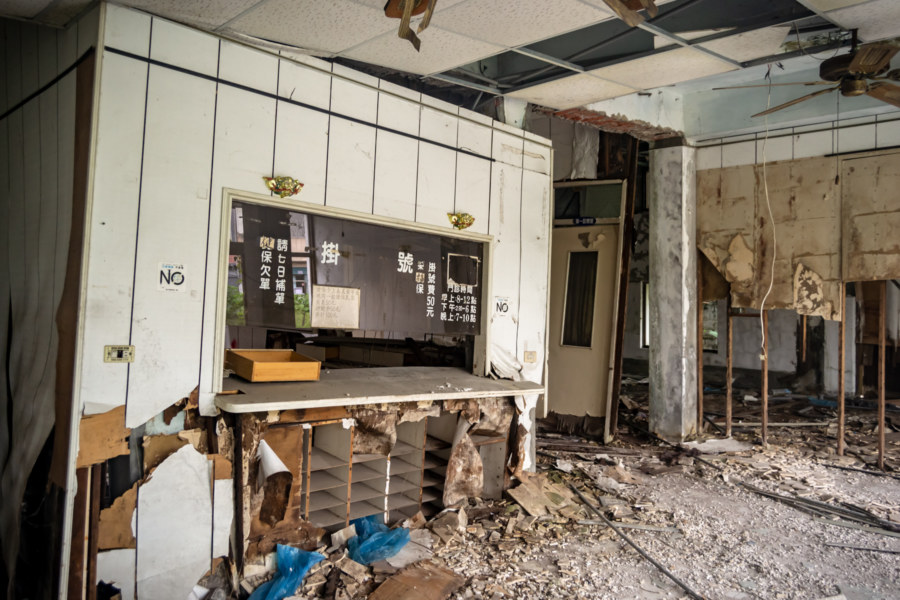
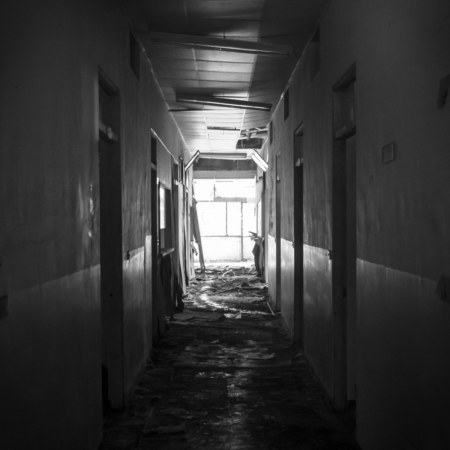
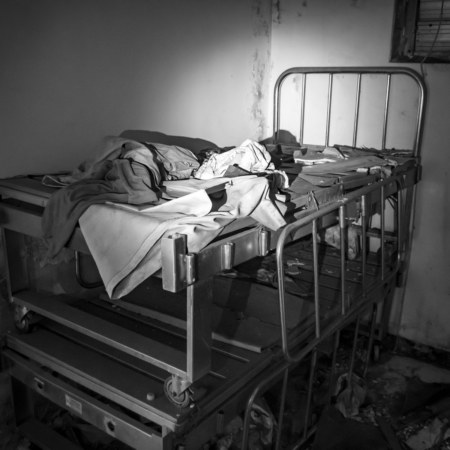
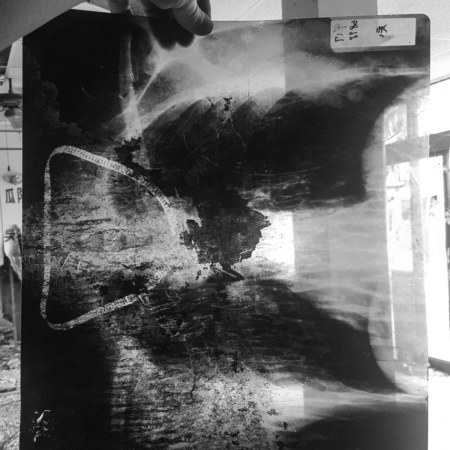
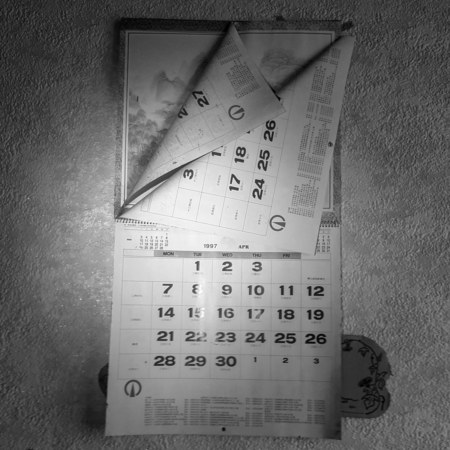
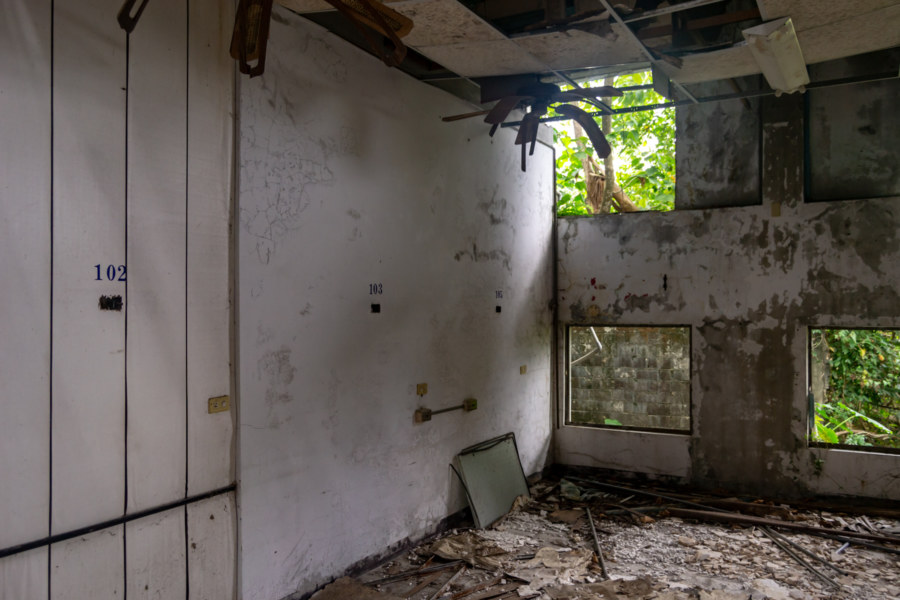

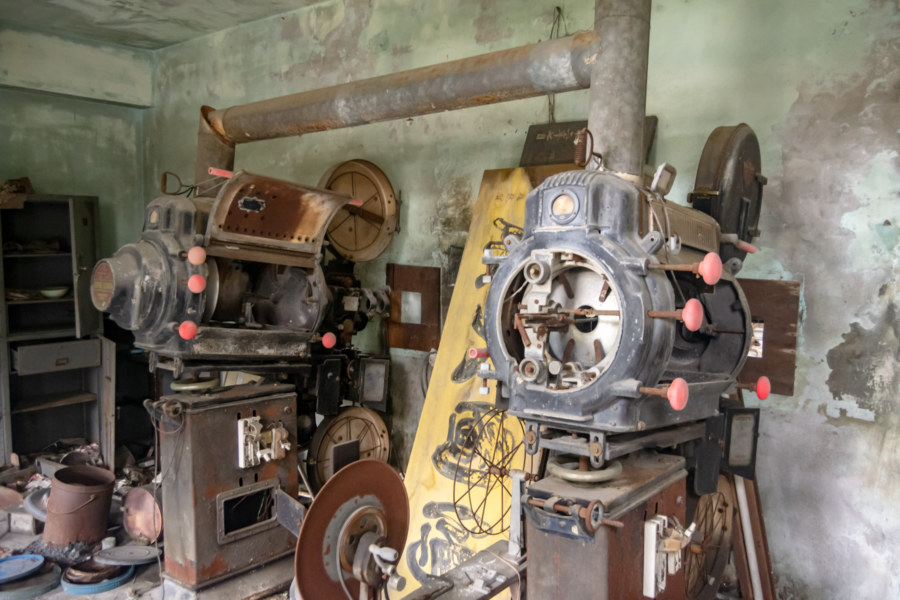
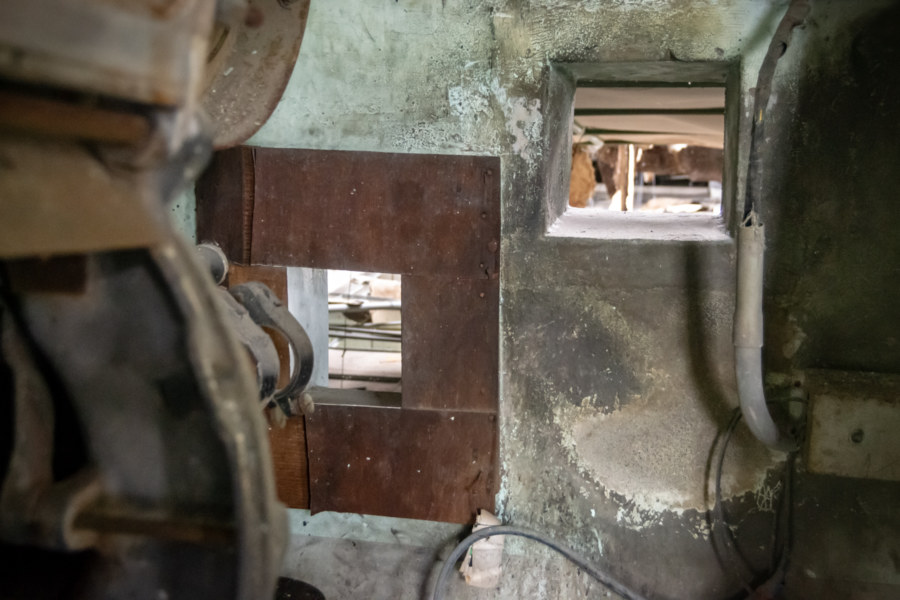
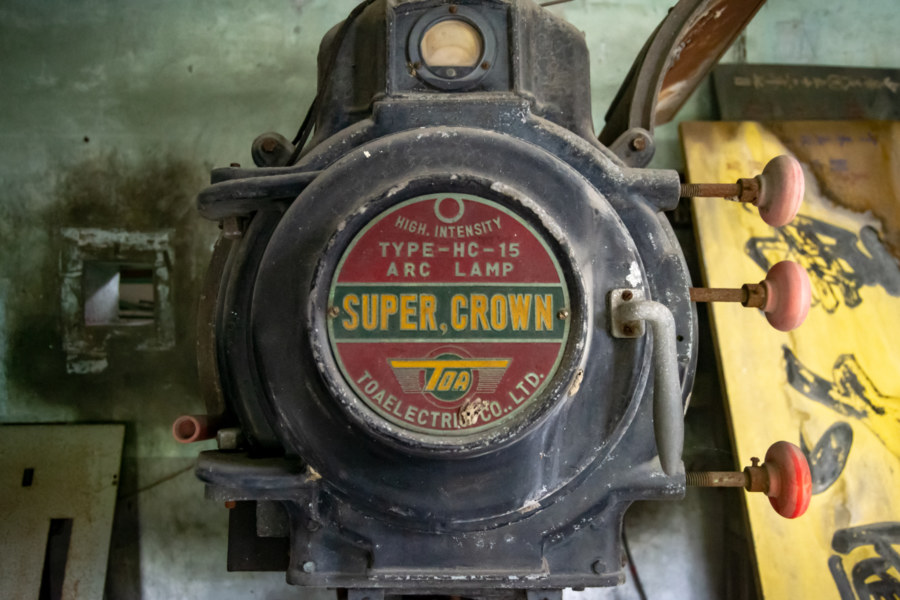
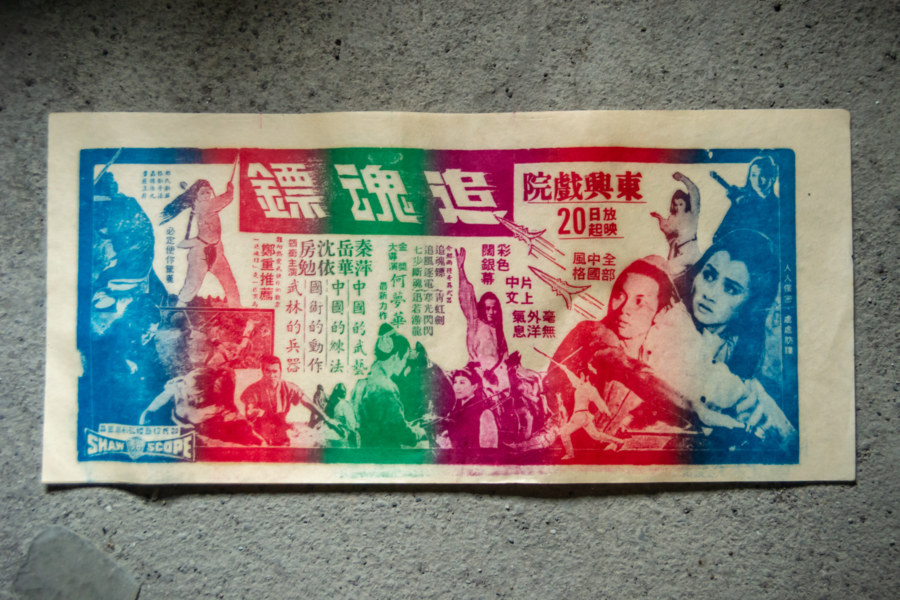
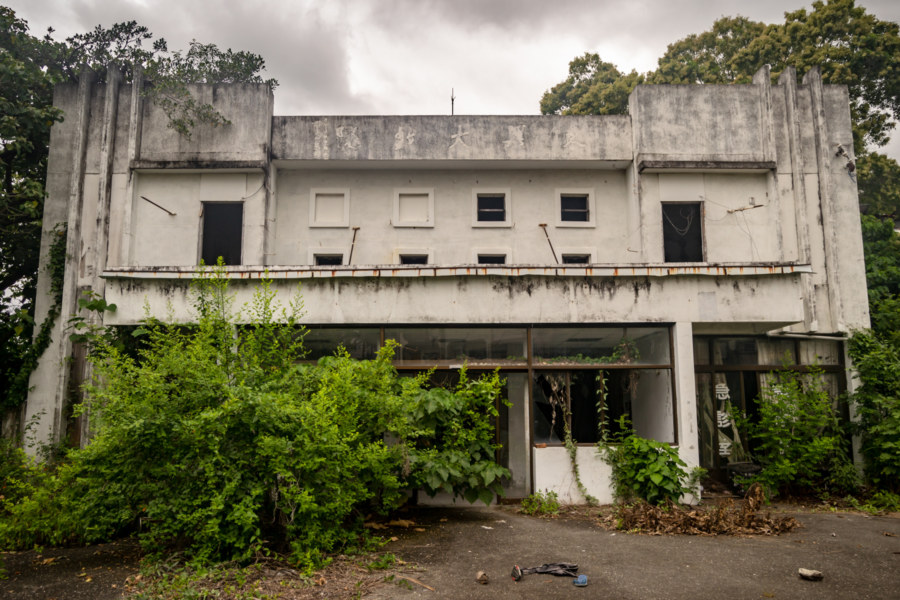
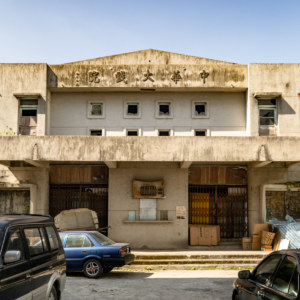
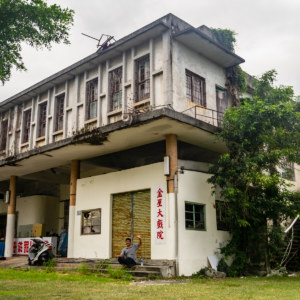
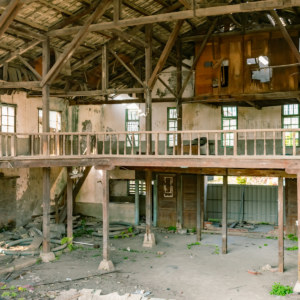
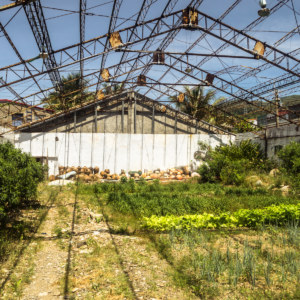

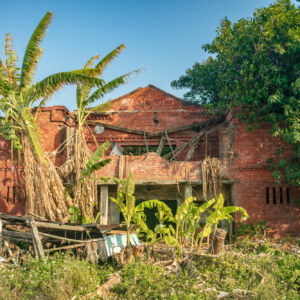
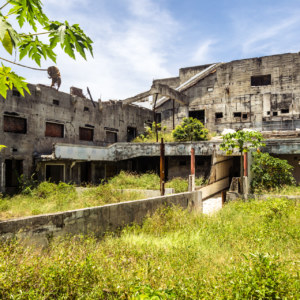
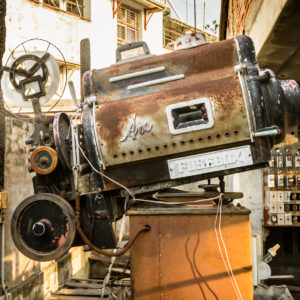
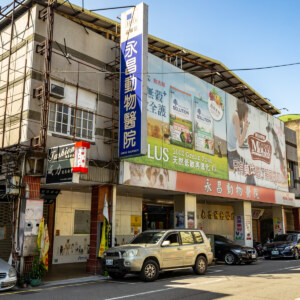
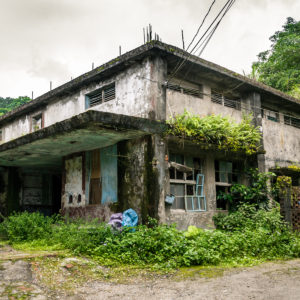
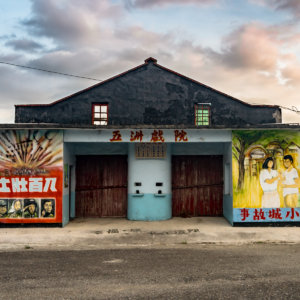
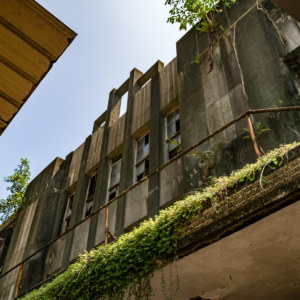
Write a Comment